Home>diy>Building & Construction>What Is Waler Used For In Construction
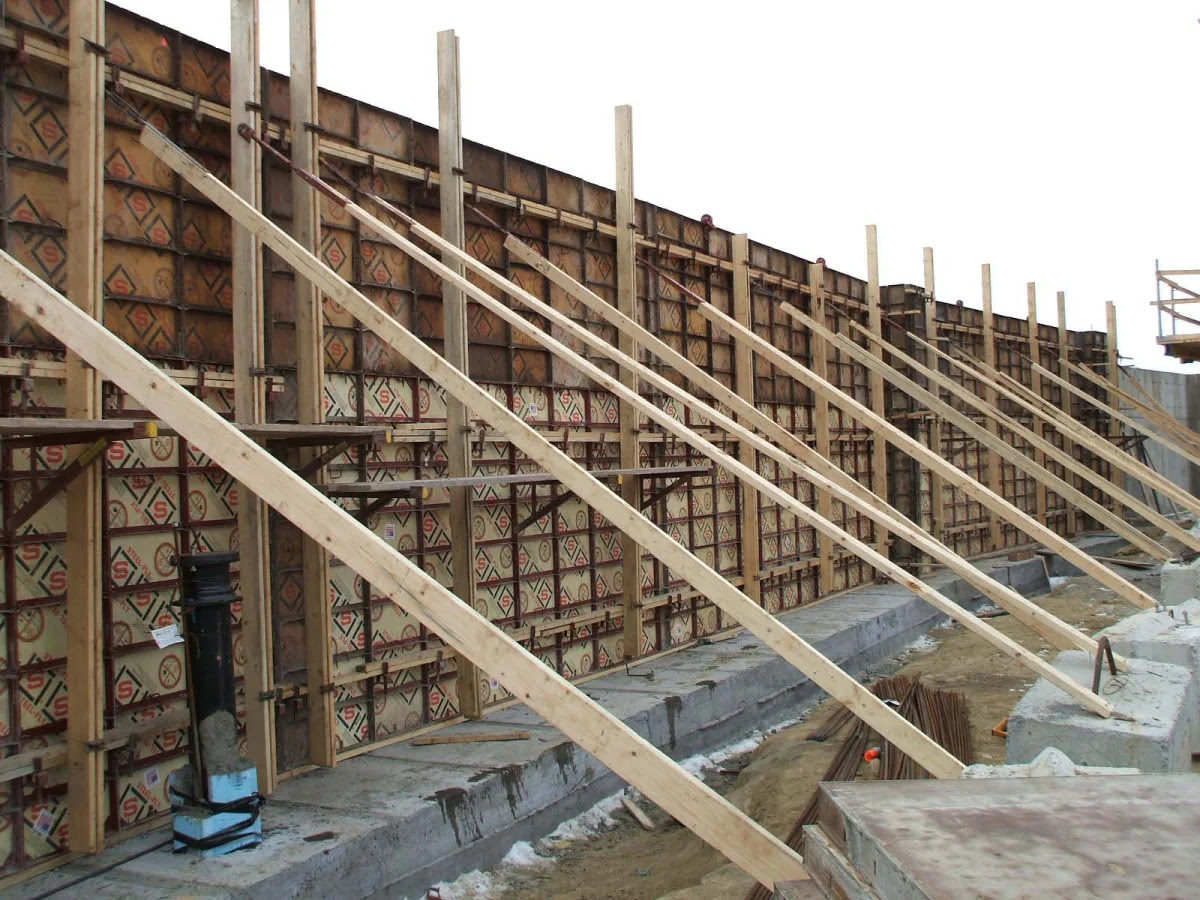

Building & Construction
What Is Waler Used For In Construction
Modified: December 7, 2023
Discover what waler is in building construction and how it contributes to the stability and sturdiness of structures. Learn more about this vital component today!
(Many of the links in this article redirect to a specific reviewed product. Your purchase of these products through affiliate links helps to generate commission for Storables.com, at no extra cost. Learn more)
Introduction
Welcome to the world of construction, where every element plays a crucial role in creating a safe and stable structure. One such element is the waler. In the realm of construction, a waler is an essential component that provides crucial support and reinforcement to various structures. Whether you are involved in residential, commercial, or industrial construction, understanding what a waler is and its role in the construction process is indispensable.
In this article, we will delve deeper into the world of walers, exploring their definition, purpose, types, applications, advantages, installation techniques, considerations, common challenges, and troubleshooting tips. By the end, you will have a comprehensive understanding of walers and how they contribute to the construction industry.
Before we dive into the details, let’s establish a clear definition of what a waler is in construction. A waler is a horizontal structural member that runs perpendicular to and supports vertical posts or beams in construction. It is typically made of strong and durable materials such as wood, steel, or aluminum. Walers are commonly used in formwork, shoring, and scaffolding systems to provide stability and distribute loads evenly.
The primary purpose of walers in construction is to prevent the deformation or collapse of vertical members, such as formwork panels or soldier piles, due to the lateral pressure exerted by various forces. These forces can include the weight of wet concrete, soil pressure, wind load, or any other external loads. By connecting and strengthening the vertical members, walers help distribute the load and reinforce the structure, ensuring its stability and integrity.
Now that we have established the basic understanding of what walers are and their purpose in construction, let’s explore the different types of waler materials commonly used in the industry.
Key Takeaways:
- Walers are horizontal structural members crucial for distributing loads, preventing deformation, and enhancing stability in construction projects, offering benefits such as increased load-bearing capacity and time savings.
- Proper installation, material selection, and troubleshooting measures are essential for optimizing the performance of walers in construction, ensuring structural integrity and reliability.
Read more: What Are Sills Used For In Construction
Definition of Waler in Construction
A waler is a horizontal structural member used in construction to support and reinforce vertical posts or beams. It acts as a connecting element that helps distribute the load and prevent deformation or collapse in various construction applications. Walers are commonly used in formwork, shoring, and scaffolding systems to provide stability and ensure the integrity of the structure.
Walers are typically made of strong and durable materials such as wood, steel, or aluminum. The choice of material depends on the specific requirements of the construction project, including the desired strength, durability, and budget. Each material has its own advantages and considerations, which we will explore in more detail later in this article.
In formwork systems, walers play a crucial role in supporting the weight of wet concrete during the pouring and curing process. They help distribute the load evenly across the formwork panels, preventing any excessive bending or deflection. This ensures that the concrete retains its intended shape and avoids any structural issues.
In shoring systems, walers are used to stabilize vertical soldier piles or sheet piles. These soldier piles or sheet piles are driven into the ground to provide temporary support for excavation or construction activities. The walers, usually placed at specific intervals along the height of the piles, help reinforce the vertical members and prevent any potential lateral movement or collapse.
When it comes to scaffolding systems, walers are used to provide horizontal support and stability to the vertical scaffold frames. They are typically placed at different levels to create a rigid framework that can withstand the weight of workers, equipment, and materials. Walers in scaffolding systems play a critical role in ensuring a safe and secure working environment for construction personnel.
Overall, walers in construction serve as a vital component in various applications, providing stability, reinforcement, and load distribution. Their utilization greatly enhances the safety and structural integrity of different construction projects, making them an indispensable element in the construction industry.
Purpose of Waler in Construction
The primary purpose of a waler in construction is to provide support, reinforcement, and load distribution to vertical posts or beams. Walers play a crucial role in ensuring the stability and integrity of structures in various construction applications. Let’s explore the key purposes of using walers in construction:
- Preventing Deformation: One of the main purposes of walers is to prevent the deformation of vertical members, such as formwork panels or soldier piles, due to lateral forces. These lateral forces can be generated by the weight of wet concrete, soil pressure, wind load, or any other external loads. By connecting and strengthening the vertical members, walers help distribute these lateral forces evenly, minimizing the risk of deformation and ensuring that the structure retains its intended shape.
- Reinforcement: Walers serve as reinforcement elements in construction. They help increase the load-bearing capacity of the structure by providing additional support to vertical members. By connecting multiple vertical posts or beams, walers create a unified system that can withstand higher loads. This reinforcement ensures the structural stability and prevents any potential failures or collapses.
- Load Distribution: Another key purpose of walers is to distribute loads evenly across the structure. In applications such as formwork systems, walers help distribute the weight of wet concrete evenly across the formwork panels. This prevents any excessive bending or deflection, ensuring that the concrete maintains its intended shape and avoids any structural issues. Similarly, in shoring systems, walers distribute the load of the soil pressure or any other external forces, preventing any localized points of stress and enhancing the overall stability of the structure.
- Uniform Pressure: The use of walers in construction helps apply uniform pressure to the vertical members. This uniform pressure helps prevent any differential settling, cracking, or uneven distribution of loads that could compromise the integrity of the structure. By distributing the loads evenly, walers contribute to the longevity and durability of the construction project.
- Safety and Stability: Walers play a crucial role in enhancing the safety and stability of construction projects. By providing support, reinforcement, and load distribution, they ensure that the structure can withstand external forces and maintain its stability. This helps create a safe working environment for construction personnel and minimizes the risk of accidents or structural failures.
In summary, the purpose of using walers in construction is to prevent deformation, reinforce vertical members, distribute loads evenly, apply uniform pressure, and enhance the safety and stability of structures. The incorporation of walers in various construction applications greatly contributes to the overall integrity and durability of the project, ensuring its successful completion.
Types of Waler Materials
When it comes to walers in construction, different materials can be used based on the specific requirements of the project. The choice of material depends on factors such as strength, durability, cost, and the application for which the waler will be used. Let’s explore the common types of waler materials used in the construction industry:
- Wood: Wood is a traditional and widely used material for walers in construction. It offers several advantages, including its affordability, availability, and ease of handling. Wood walers are commonly made from strong and durable species such as Douglas fir, Southern pine, or LVL (laminated veneer lumber). Wood walers are lightweight and can easily be cut and shaped to fit the required dimensions. However, wood walers may be susceptible to moisture, warping, and degradation over time, especially when exposed to harsh conditions or extreme weather.
- Steel: Steel is a popular choice for walers in construction due to its exceptional strength and durability. Steel walers can withstand high loads and provide excellent reinforcement and support to vertical members. They are commonly made from structural steel beams or channels, and their size and thickness can be customized to meet the specific design requirements. Steel walers offer longevity and can withstand harsh conditions, making them suitable for both temporary and permanent applications. However, steel walers are relatively heavier than other materials, which may require additional labor and equipment for handling and installation.
- Aluminum: Aluminum is another material option for walers in construction. It offers a high strength-to-weight ratio, making it lightweight yet strong enough to support various loads. Aluminum walers are corrosion-resistant, which makes them suitable for outdoor and long-term projects. They are easy to handle and install, and their non-magnetic properties make them ideal for projects that require non-interference with electromagnetic equipment. However, aluminum walers may be more expensive compared to wood or steel, making them more suitable for specific applications that require their unique properties.
- Composite Materials: In recent years, composite materials have gained popularity in the construction industry, including their application in walers. Composite walers are made by combining different materials such as fiberglass, carbon fibers, or polymers with resins. These materials offer high strength, excellent corrosion resistance, and are lightweight. Composite walers are known for their durability, minimal maintenance requirements, and resistance to environmental conditions. However, composite walers may be more expensive than traditional materials and require specialized knowledge and equipment for installation.
Applications of Walers in Construction
Walers find numerous applications in the construction industry, where their support and reinforcement capabilities are invaluable. Let’s explore some common applications of walers:
- Formwork Systems: One of the primary applications of walers is in formwork systems. Formwork refers to the temporary structure used to mold and support wet concrete until it hardens and gains sufficient strength. Walers in formwork systems provide horizontal support and stability to the vertical formwork panels. They help distribute the weight of the wet concrete evenly, preventing any excessive bending or deflection and ensuring that the concrete retains its intended shape during the pouring and curing process.
- Shoring Systems: Walers are crucial components in shoring systems, which provide temporary support during excavation or construction activities. In these applications, vertical soldier piles or sheet piles are driven into the ground to retain soil or provide support. Walers are used to stabilize and reinforce the vertical members, preventing any lateral movement or collapse. They help distribute the load of the soil pressure or other external forces, ensuring the stability and safety of the excavation or construction site.
- Scaffolding Systems: Walers are also utilized in scaffolding systems to provide horizontal stability and support to vertical scaffold frames. In scaffolding applications, walers are placed at different levels to create a rigid framework that can withstand the weight of workers, equipment, and materials. They help distribute the load evenly and provide stability to the scaffold structure, ensuring a safe working environment for construction personnel.
- Retaining Walls and Bridges: Walers are commonly used in the construction of retaining walls and bridges. In these applications, walers help reinforce and distribute loads in structures that are designed to retain soil or support heavy loads. Walers assist in preventing the deformation or failure of vertical members, providing stability and longevity to the structures.
- Temporary Structures: Walers are frequently employed in the construction of temporary structures such as temporary walls, platforms, or supports. These structures may be required during renovation or construction projects when additional support is needed. Walers provide reinforcement and stability to these temporary structures, ensuring their safety and functionality until the project is completed.
- Tunneling and Excavation: In tunneling and excavation projects, walers are used to support and strengthen vertical members such as sheet piles or soldier piles. Walers help distribute the lateral forces exerted by the surrounding soil to ensure the stability and safety of the excavation site.
These are just a few examples of the applications of walers in construction. Their versatility allows for their effective use in various construction projects, enhancing stability, safety, and overall structural integrity.
Waler in construction is a horizontal support element used to reinforce and stabilize vertical walls or excavations. It helps distribute the load and prevent the structure from collapsing.
Read more: What Is Limestone Used For In Construction
Advantages and Benefits of Using Walers
Using walers in construction offers several advantages and benefits that contribute to the overall efficiency, stability, and safety of the project. Let’s explore some of the key advantages and benefits of using walers:
- Enhanced Structural Stability: Walers provide crucial support and reinforcement to vertical members, ensuring their stability and preventing deformation or collapse. By distributing loads evenly, walers help maintain the structural integrity of the construction project, improving safety and longevity.
- Load Distribution: Walers help distribute loads evenly across the structure, minimizing localized points of stress. This prevents uneven settling, cracking, or failure of the structure. By distributing loads, walers ensure that the structure can bear the intended weight without compromising its stability.
- Prevent Deformation: Walers play a vital role in preventing the deformation of vertical members due to lateral forces. They help distribute these forces evenly, reducing the risk of bending, deflection, or failure. By reinforcing and connecting the vertical members, walers ensure that the structure retains its intended shape and form.
- Increased Load-Bearing Capacity: The use of walers enhances the load-bearing capacity of the structure. By connecting multiple vertical members, walers create a unified system that can withstand higher loads. This allows for the construction of structures that can support heavy weights and withstand various external forces.
- Flexibility and Adaptability: Walers can be easily customized to fit specific project requirements. They can be cut, shaped, and adjusted to accommodate different dimensions and configurations. This flexibility allows for efficient installation and adaptation to various construction applications.
- Time and Labor Savings: The utilization of walers can lead to time and labor savings in construction projects. They provide a quick and efficient solution for reinforcing, connecting, and stabilizing vertical members. This reduces the need for complex and time-consuming construction methods, ultimately saving time and reducing labor costs.
- Versatility: Walers can be used in a wide range of construction applications, including formwork systems, shoring systems, scaffolding, retaining walls, bridges, and temporary structures. Their versatility allows for their effective use in different project types and requirements.
- Durable and Long-lasting: Depending on the material chosen, walers can offer high durability and longevity. Materials like steel or aluminum provide excellent resistance to corrosion, making them ideal for both indoor and outdoor applications. This durability ensures that walers maintain their integrity and support over extended periods, reducing the need for frequent replacements or repairs.
Overall, the advantages and benefits of using walers in construction contribute to improved structural stability, load distribution, flexibility, time and labor savings, and overall project efficiency. The incorporation of walers in construction projects can enhance safety, reduce risks, and ensure the longevity of the structure.
Installation Techniques for Walers in Construction
The installation of walers in construction requires careful planning and proper techniques to ensure their effectiveness and stability. Here are some common installation techniques for walers:
- Measurement and Layout: Before installing walers, it is essential to accurately measure and lay out the structure. This involves determining the correct spacing and positioning of the vertical posts or beams where the walers will be placed. Proper measurements and layout are crucial for ensuring the walers provide adequate support and reinforcement.
- Anchor Preparation: If the walers are being installed in a formwork or shoring system, it is crucial to prepare proper anchors to secure the walers to the vertical members. This can be done by drilling holes or using specialized anchor brackets that provide a secure connection between the waler and the vertical member.
- Waler Size and Material Selection: The size and material selection of the walers should be based on the load requirements and structural design. It is important to choose a waler size and material that can adequately support the anticipated loads while maintaining the desired stability and integrity of the structure.
- Attachment Techniques: Proper attachment techniques ensure that the walers are securely connected to the vertical members. This can be achieved through methods such as nailing, bolting, screwing, or welding, depending on the chosen waler material and the specific application. The attachment technique should provide a strong and reliable connection that can withstand the intended loads.
- Leveling and Alignment: During installation, it is crucial to ensure that the walers are level and properly aligned. This can be achieved by using leveling devices such as laser levels or spirit levels. Proper leveling and alignment of the walers contribute to the overall stability and functionality of the structure.
- Bracing and Reinforcement: In certain applications, additional bracing or reinforcement may be required to strengthen the walers and prevent any lateral movement or displacement. This can involve the use of diagonal struts, cross braces, or other reinforcing elements to enhance the stability of the walers and the overall structure.
- Regular Inspection and Maintenance: Once the walers are installed, it is important to perform regular inspections to ensure they remain in good condition. This includes checking for any signs of damage, corrosion, or wear and tear. Any issues should be addressed promptly to maintain the structural integrity of the walers and the overall construction project.
It is important to note that the specific installation techniques for walers may vary depending on the construction project, site conditions, and design requirements. It is recommended to consult the project specifications and work with experienced professionals to ensure the proper installation of walers for optimal performance and safety.
Considerations for Using Walers in Construction
When using walers in construction, several important considerations should be taken into account to ensure their effective and safe use. These considerations help optimize the performance and longevity of the walers and the overall construction project. Here are some key considerations to keep in mind:
- Structural Design and Load Requirements: The structural design and load requirements of the project should be carefully considered when selecting and installing walers. This includes determining the appropriate size, material, and spacing of the walers to ensure they can withstand the anticipated loads and provide adequate support and reinforcement to the vertical members.
- Material Selection: The choice of waler material should be based on factors such as strength, durability, corrosion resistance, and cost. Different materials, such as wood, steel, aluminum, or composites, have their own advantages and considerations. It is important to select a material that is suitable for the specific application and can withstand the environmental conditions and expected loads.
- Compatibility: The compatibility of the walers with other construction components, such as formwork panels or scaffold frames, should be considered. It is essential to ensure that the walers can be securely attached and provide a proper fit and connection with the vertical members. Compatibility also extends to the compatibility between the waler material and any necessary anchors, fasteners, or connecting elements.
- Site Conditions and Factors: Site conditions, such as soil type, slope, and exposure to weather conditions, should be taken into account when using walers in construction. These factors can impact the stability and durability of the walers. Proper site preparation, including adequate soil compaction or reinforcement, may be necessary to create a stable foundation for the walers.
- Installation and Removal: The proper installation and removal techniques should be followed to ensure the stability and integrity of the walers and the overall construction project. This includes following manufacturer recommendations, utilizing appropriate tools and equipment, and adhering to safety protocols. Improper installation or removal can compromise the effectiveness of the walers and lead to safety hazards.
- Inspection and Maintenance: Regular inspection and maintenance of the walers are crucial to identify any signs of damage, wear, or corrosion. Any issues should be addressed promptly to ensure the continued stability and functionality of the walers. This includes checking for proper attachment, alignment, and bracing, as well as addressing any necessary repairs or replacements.
- Compliance with Regulations and Standards: Compliance with construction regulations, codes, and standards is essential when using walers. Local building codes and industry standards may provide guidelines or requirements for the design, installation, and use of walers in construction. Ensuring compliance helps maintain the safety and legal compliance of the project.
By considering these factors and taking the necessary precautions, the use of walers in construction can be optimized for safety, stability, and long-term performance. Consulting with experienced professionals and following best practices in waler installation and maintenance will help ensure the successful integration of walers into the construction project.
Common Challenges and Troubleshooting with Walers
While walers play a critical role in construction, they can encounter certain challenges that may affect their performance and stability. Understanding these common challenges and knowing how to troubleshoot them can help ensure the effective use of walers in construction projects. Here are some of the challenges that may arise with walers and potential troubleshooting measures:
- Improper Installation: One common challenge is the improper installation of walers, which can lead to instability and compromised structural integrity. To address this issue, it is crucial to ensure that walers are installed following proper techniques, including accurate measurement, alignment, and secure attachment to vertical members. Regular inspections during the installation process can help identify and rectify any installation errors.
- Insufficient Load-Bearing Capacity: If walers are not appropriately sized or made of a material with sufficient load-bearing capacity, they may fail to support the anticipated loads. This can result in bending or deformation of the walers or even collapse of the structure. Troubleshooting measures for this issue involve carefully assessing the load requirements and selecting walers with suitable size and material properties that can adequately support the expected loads.
- Lateral Movement or Displacement: In some cases, walers may experience lateral movement or displacement, compromising the stability of the structure. This can occur due to inadequate bracing or improper attachment. Troubleshooting steps include reinforcing the walers with additional bracing elements, ensuring secure connections to the vertical members, and performing regular inspections to identify and address any signs of movement or displacement.
- Corrosion and Deterioration: Depending on the material used, walers may be susceptible to corrosion and deterioration over time, particularly in outdoor and harsh environments. This can weaken the walers and reduce their load-bearing capacity. Troubleshooting methods involve selecting corrosion-resistant materials, regular inspections to identify signs of corrosion or deterioration, and applying appropriate protective coatings or treatments to extend the lifespan of the walers.
- Uneven Load Distribution: If walers are not properly aligned or spaced, they may result in uneven load distribution, leading to localized points of stress or failure. Troubleshooting measures include ensuring proper leveling and alignment during installation, maintaining consistent spacing between the walers, and periodically checking for any signs of uneven load distribution or stress concentrations in the structure.
- Incompatible Materials: Using incompatible materials for walers and their connecting elements can result in reduced strength, weakened connections, or accelerated corrosion. Identifying and addressing compatibility issues involve selecting appropriate materials that have compatible properties and ensuring proper integration of the walers with their connecting elements.
- Insufficient Bracing: Insufficient bracing can compromise the stability and reinforcement provided by the walers. This can result in excessive deflection, bending, or failure of the walers or the overall structure. Troubleshooting steps include assessing the bracing requirements and ensuring proper installation of additional bracing elements to reinforce the walers and counteract lateral forces.
It is important to address these challenges promptly to maintain the stability, safety, and performance of the walers and the overall construction project. Regular inspections, adherence to best practices, and collaboration with experienced professionals can help troubleshoot these common challenges effectively and ensure the successful utilization of walers in construction.
Read more: What Is Plywood Used For In Construction
Conclusion
Walers are fundamental elements in construction that provide vital support, reinforcement, and stability to vertical members in various applications. Whether used in formwork systems, shoring systems, scaffolding, or other construction projects, walers play a crucial role in ensuring the integrity and safety of structures.
In this article, we have explored the definition of walers in construction and their purpose in distributing loads, preventing deformation, and enhancing structural stability. We have discussed the different types of waler materials available, such as wood, steel, aluminum, and composites, each with its own advantages and considerations. Furthermore, we have explored the various applications of walers in construction, including formwork systems, shoring systems, retaining walls, bridges, and temporary structures.
The advantages and benefits of using walers in construction are numerous. They provide enhanced structural stability, even load distribution, increased load-bearing capacity, and flexibility. Walers also offer time and labor savings, versatility, and durability, contributing to the overall efficiency and success of construction projects.
When utilizing walers in construction, certain considerations should be taken into account. These considerations include structural design and load requirements, material selection, compatibility, site conditions, proper installation techniques, inspections, maintenance, and compliance with regulations and standards.
It is essential to be aware of the common challenges that may arise with walers, such as improper installation, insufficient load-bearing capacity, lateral movement, corrosion, uneven load distribution, incompatible materials, and insufficient bracing. By being vigilant and employing proper troubleshooting measures, these challenges can be addressed, ensuring the optimal performance and reliability of walers in construction projects.
In conclusion, walers are indispensable components in construction that provide critical support, reinforcement, and stability. Their purpose, versatility, and benefits make them essential in various construction applications. By understanding the role of walers and following best practices, construction professionals can harness their capabilities to create safe, reliable, and robust structures.
Frequently Asked Questions about What Is Waler Used For In Construction
Was this page helpful?
At Storables.com, we guarantee accurate and reliable information. Our content, validated by Expert Board Contributors, is crafted following stringent Editorial Policies. We're committed to providing you with well-researched, expert-backed insights for all your informational needs.
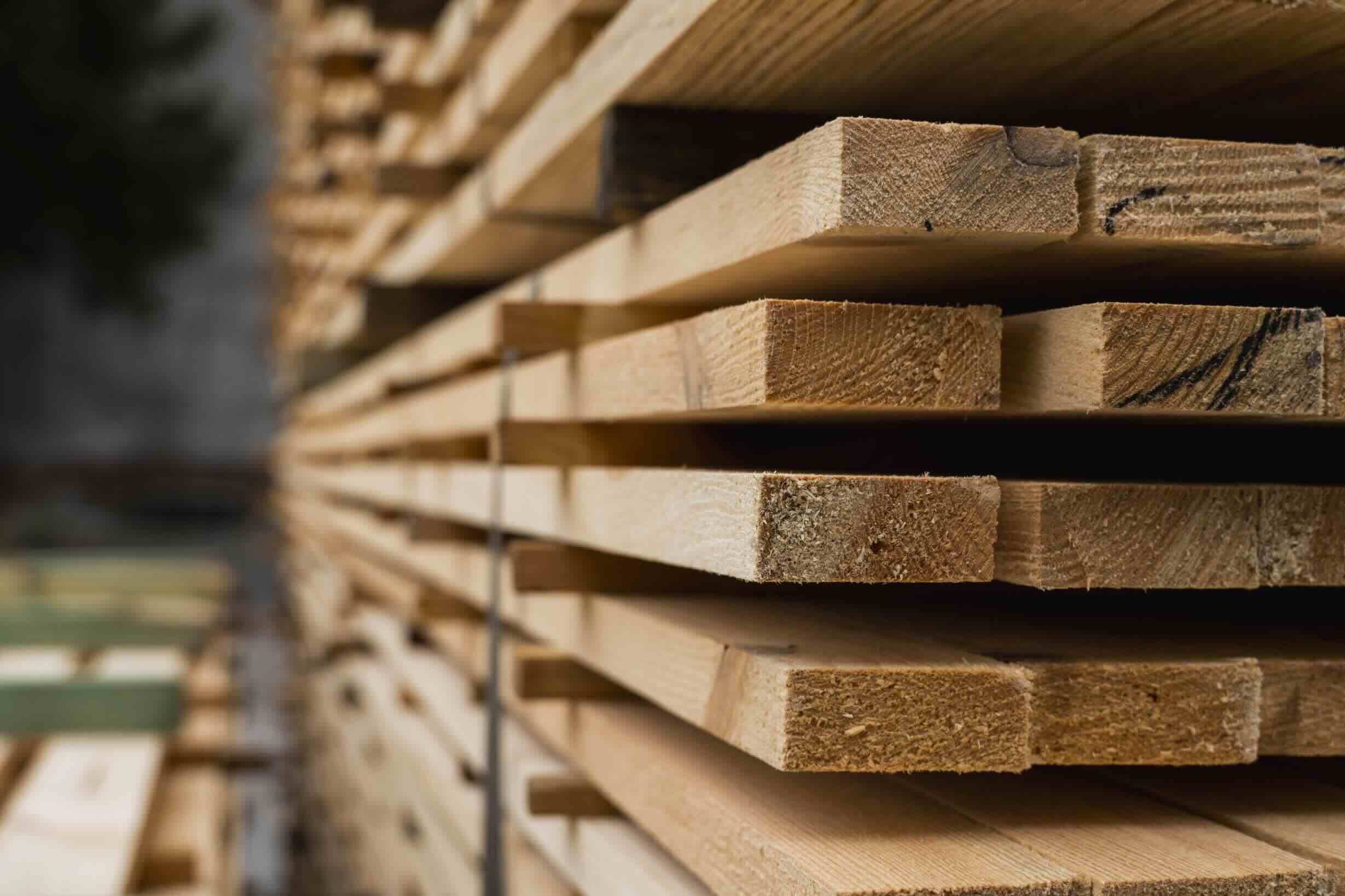
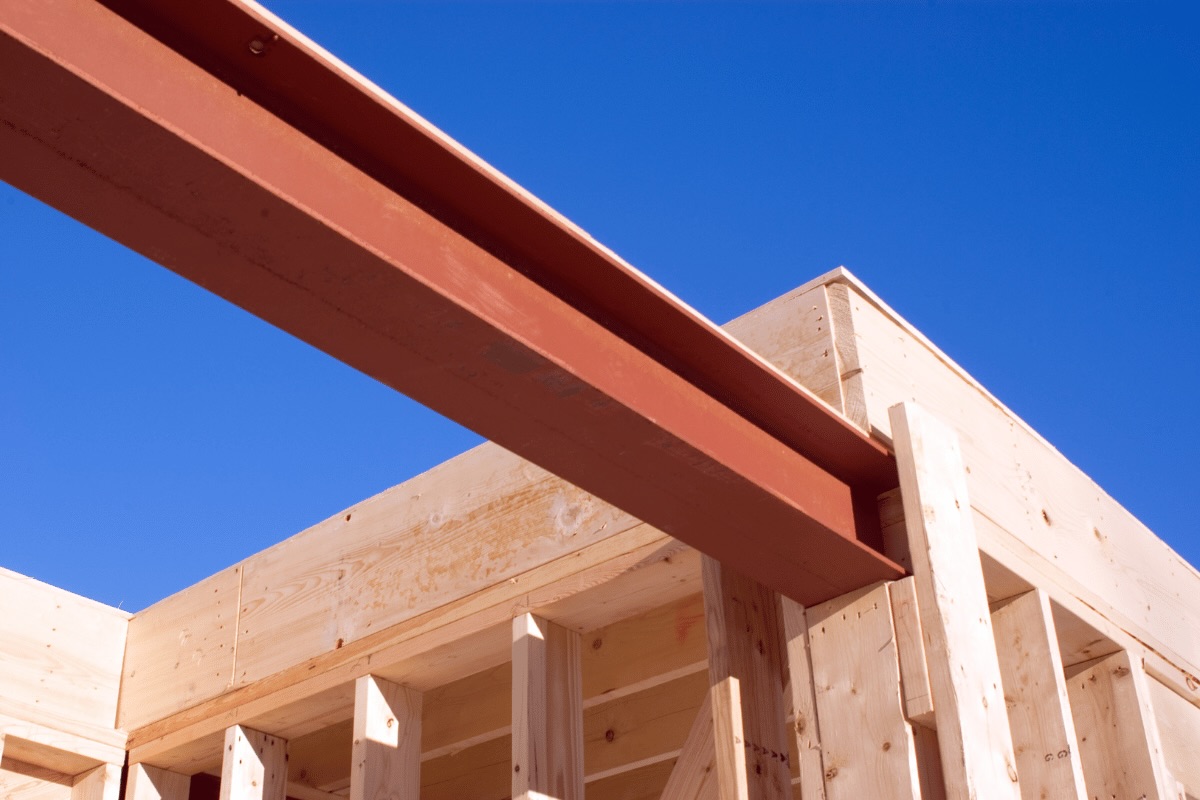
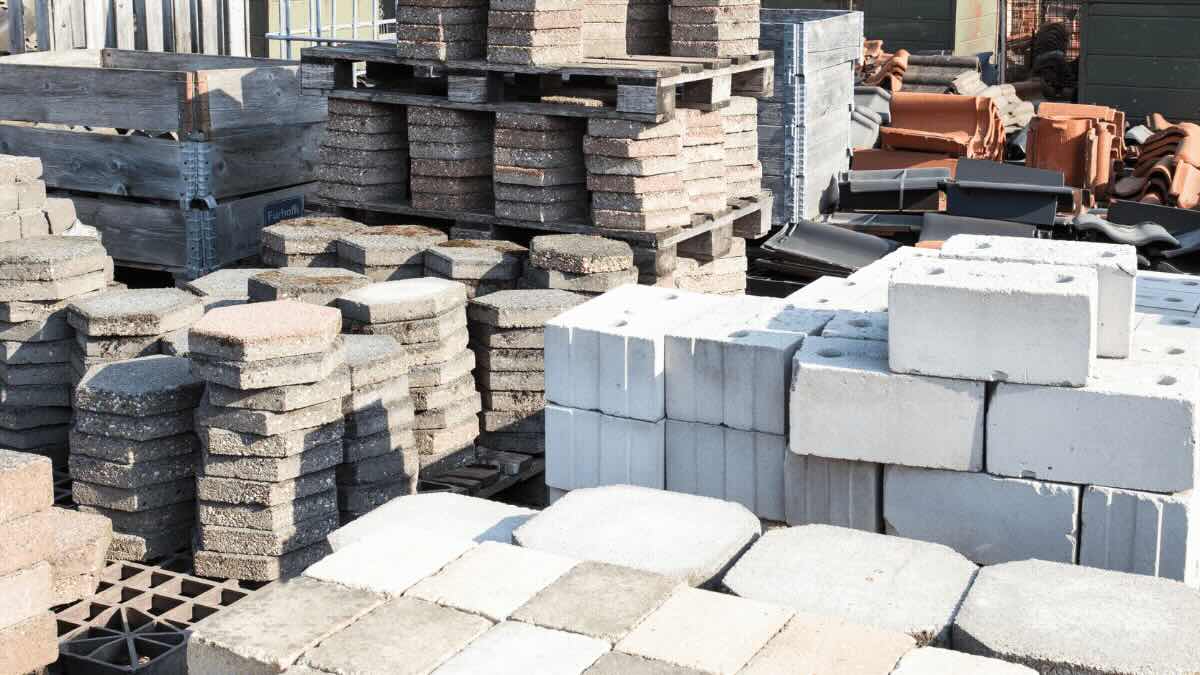
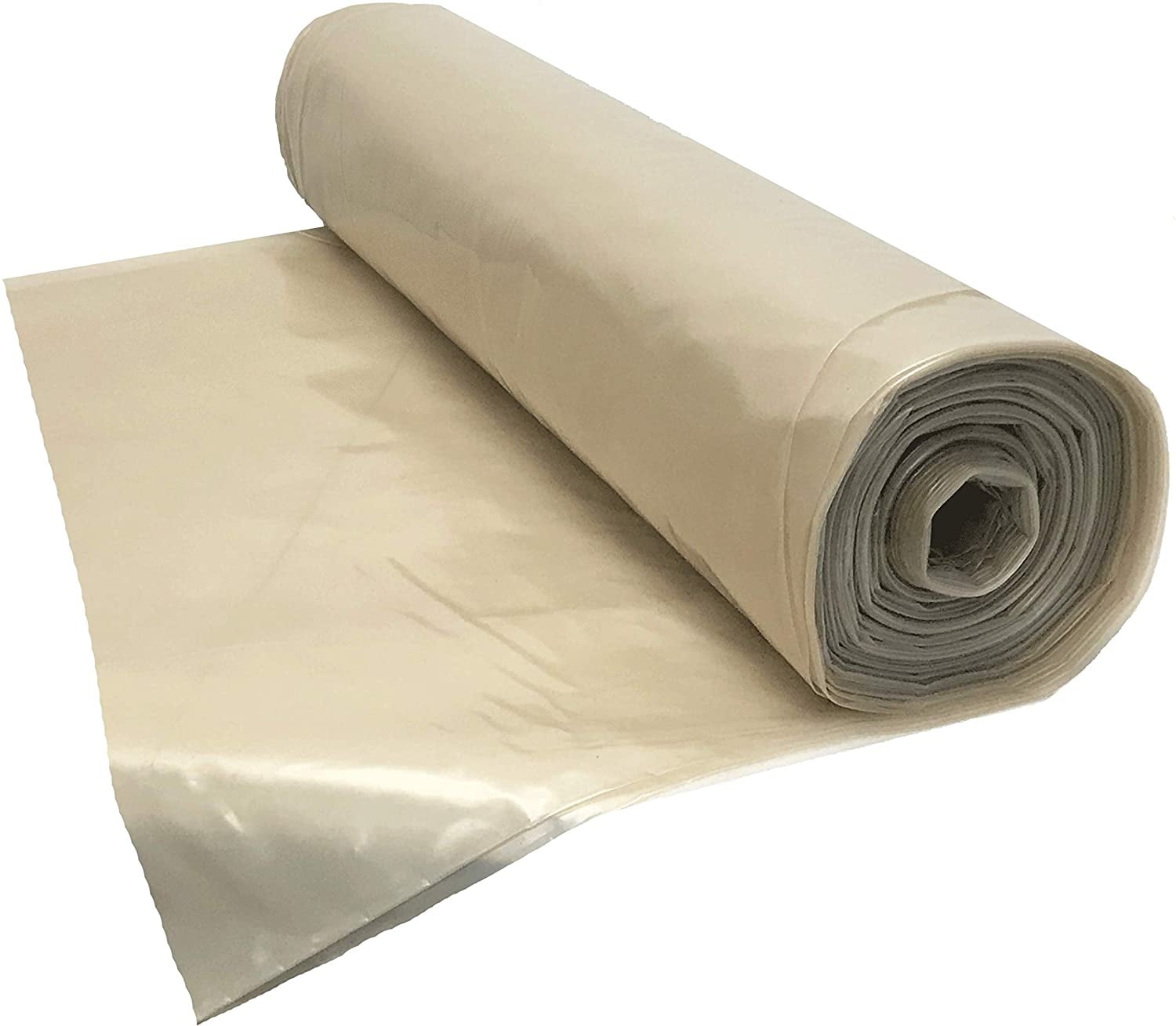
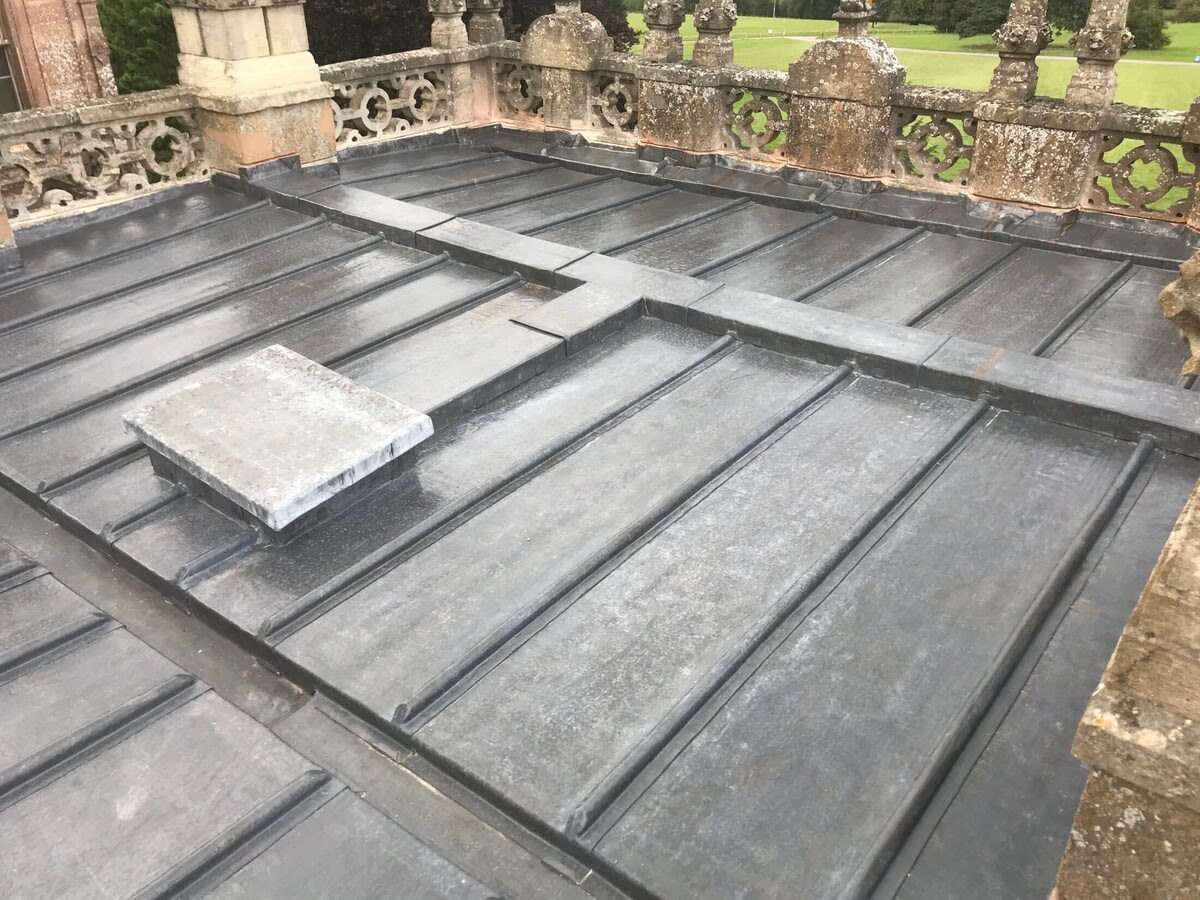
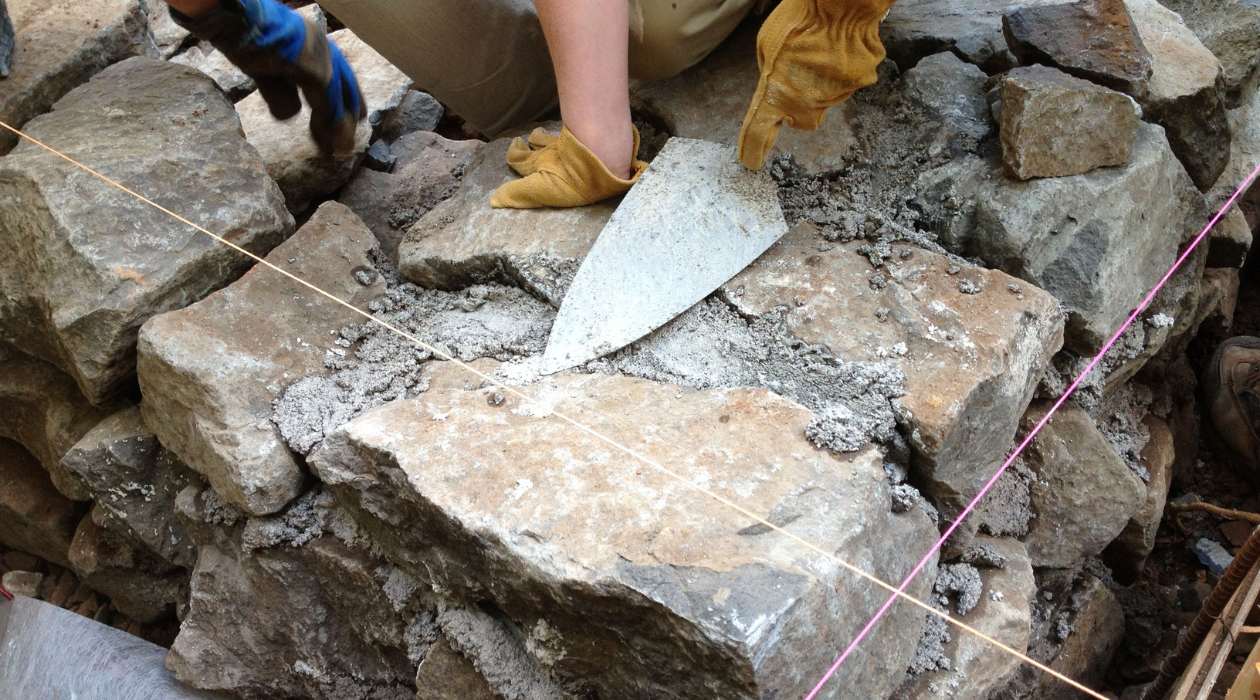
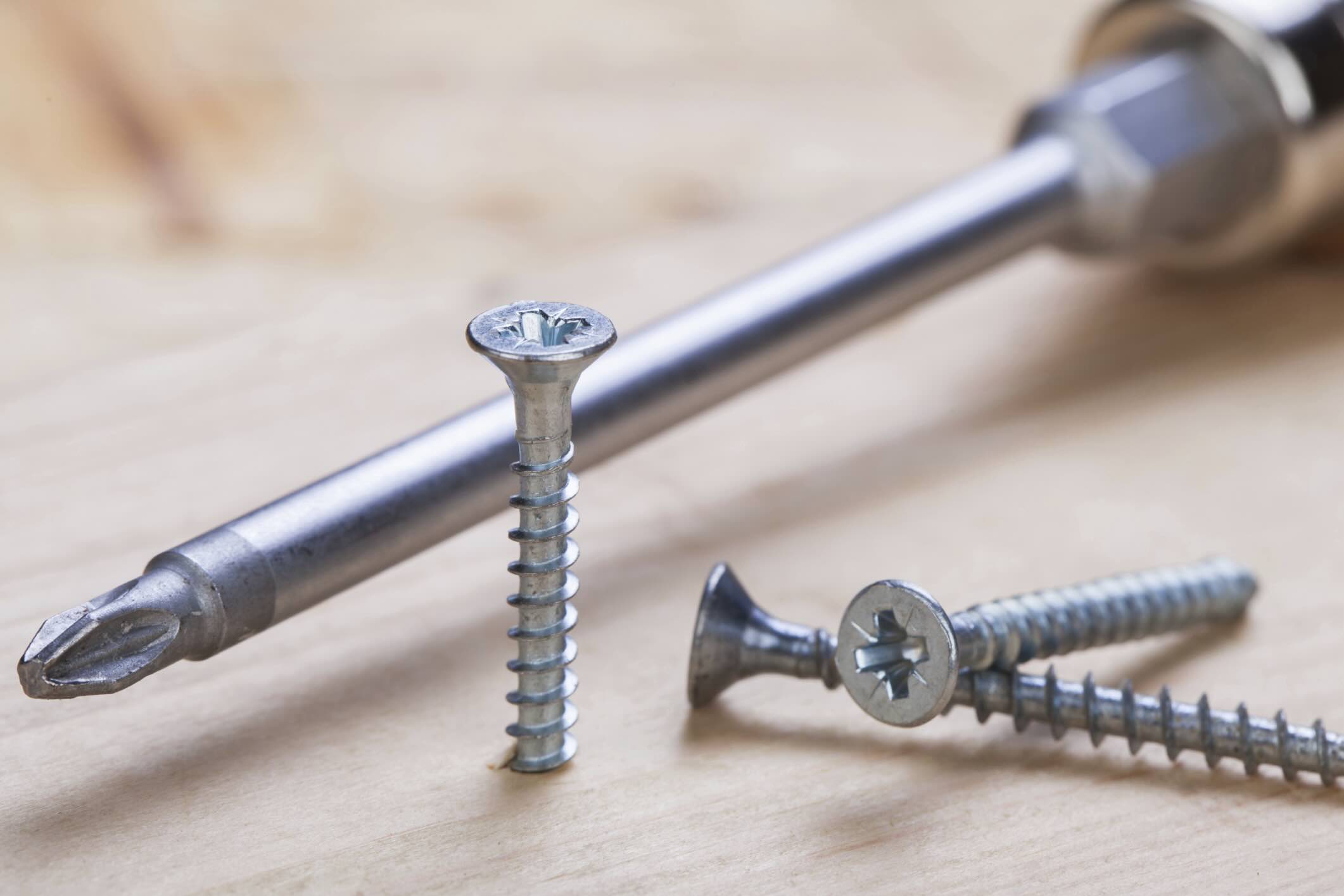
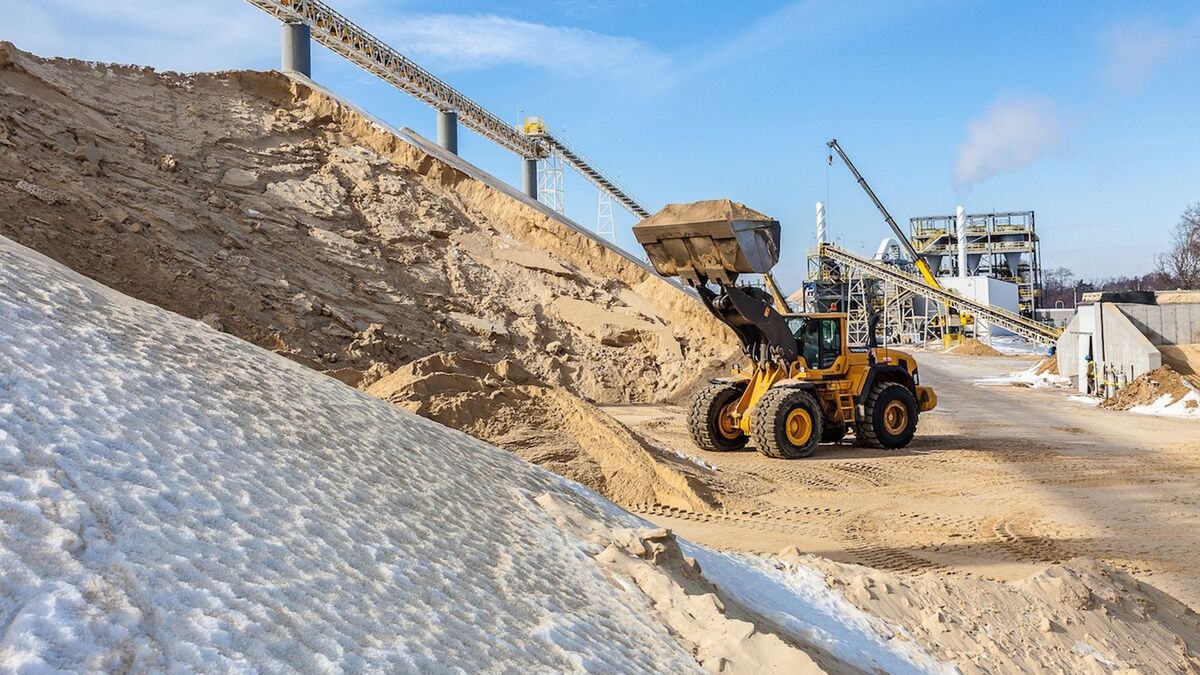
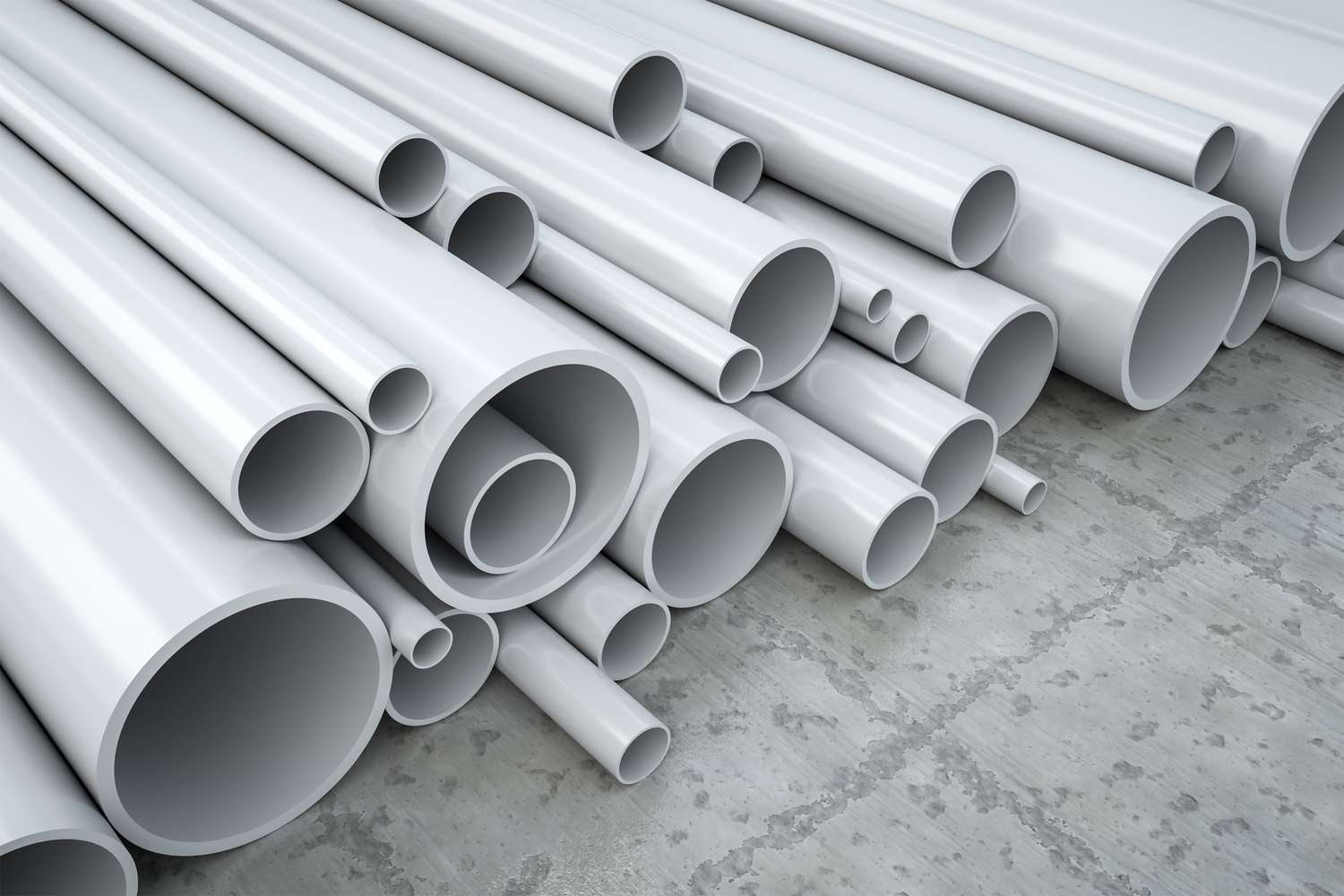
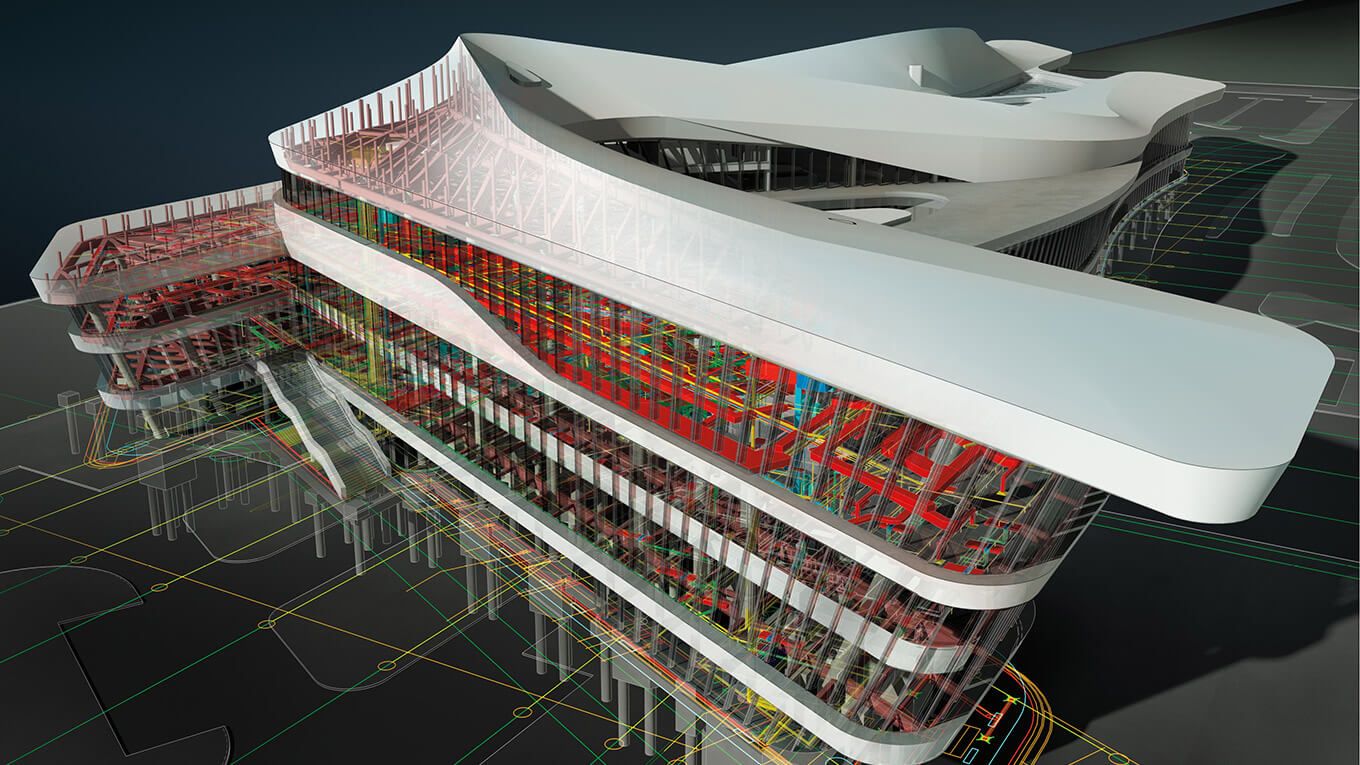

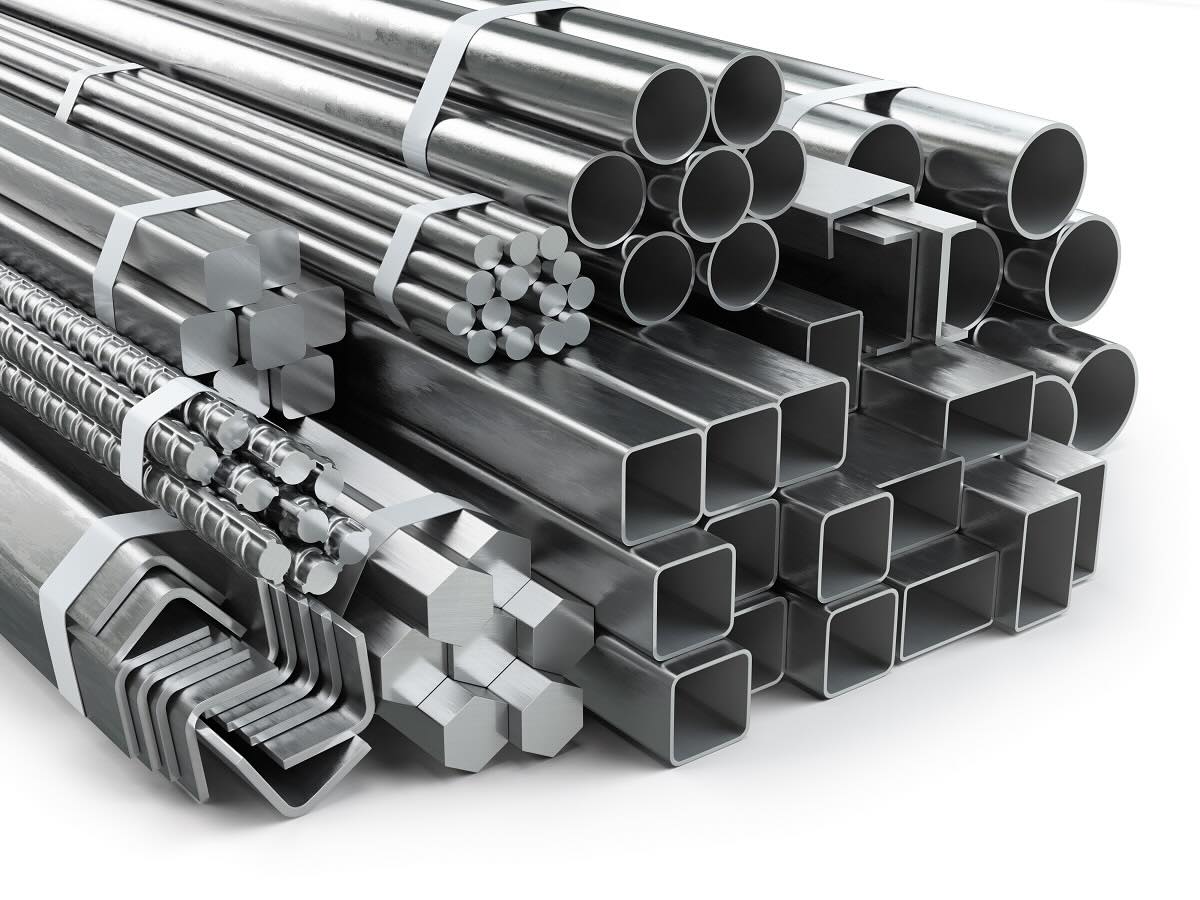
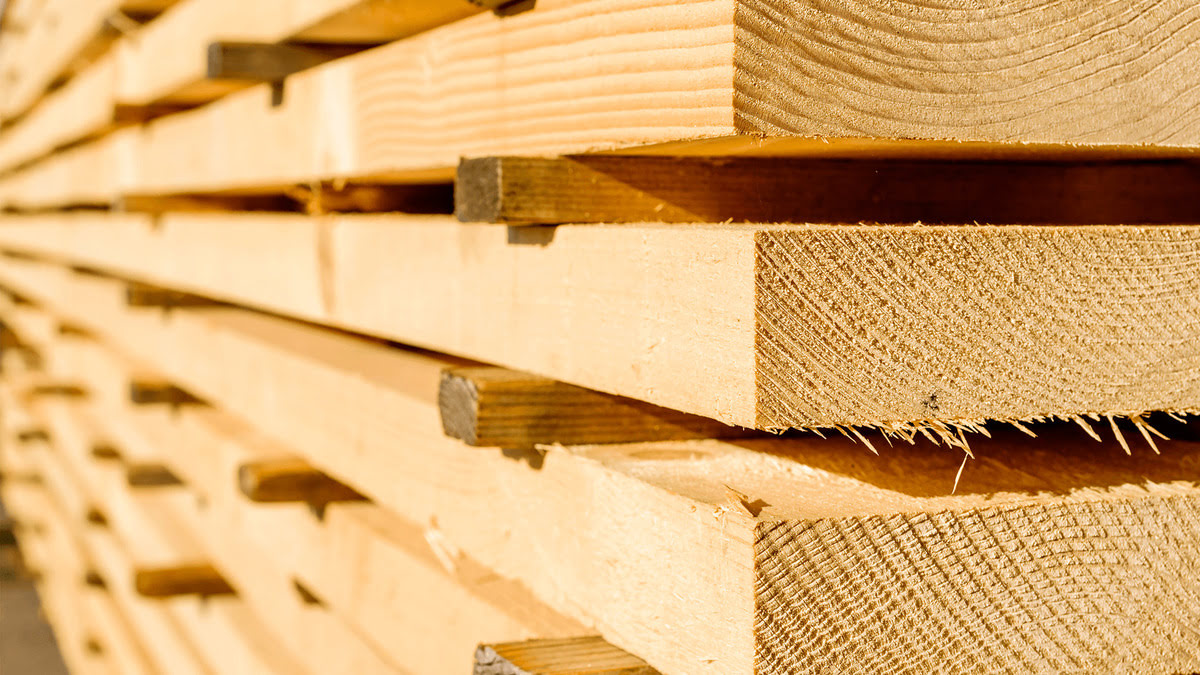

0 thoughts on “What Is Waler Used For In Construction”